April 19, 2025 | 21:40 GMT +7
April 19, 2025 | 21:40 GMT +7
Hotline: 0913.378.918
April 19, 2025 | 21:40 GMT +7
Hotline: 0913.378.918
According to the review results in 2022, the “multidimensional poverty” rate in Ha Giang province decreased by 5.17%, exceeding the provincial target by 3%, even exceeding the target set by the Government. Thanks to synchronous solutions all levels, branches and localities in Ha Giang have well implemented social security and sustainable poverty reduction policies.
That's the number in the report, but in Khau Vai commune (Meo Vac district), more than 900 out of 1,500 households are poor, equivalent to over 64%.
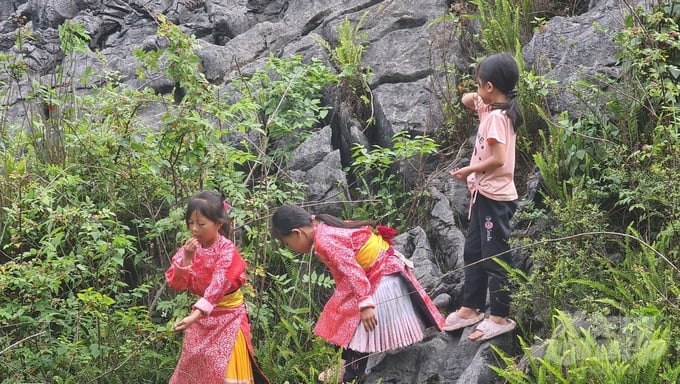
Children of the rocky plateau. Photo: Thanh Dao.
We were quite surprised to hear the information from Linh Thi Vi, vice chairwoman of the commune, and the concept of "multidimensional poverty" keeps questioning our minds. The 41-year-old female leader of the commune then explained: “We consider many criteria, such as income, cultivated area, the lack of production inputs, inaccessibility to knowledge, housing, policy, and many more”.
The people are in a state of “multidimensional poverty” while living in a land full of heritages which is something many localities dream of. A place with heritage-level areas is evidence of abundant resources and potential, an irreplaceable asset to develop green agriculture.
From rocky mountains to mountainous areas, 6/11 districts and cities of Ha Giang are located in the core of heritages. For many years, generations of leaders of Ha Giang have tried to help the locality get out of poverty, shedding the title of "the poorest province in the country". But Ha Giang is still stuck with the phrase “multidimensional poverty”.

Ha Giang has a “multidimensional poverty” rate of nearly 50%. In many communes, the figures exceed 60%. Photo: Thanh Dao.
“So how can the people living inside heritages escape poverty?”
Along the journey, we met a lot of people. Hoang Van Hung is the Nung man in Khau Vai who accepted to let others drop herbicides to harm the caged fish he raised on Nho Que River, trying to overcome the custom to make a homestay. Ly Van Tinh, a boy from Trang Kim village (Can Ty commune), built a bamboo hut at the foot of Quan Ba heaven gate to make a stopover for guests, selling coffee and snacks. The whole Lo Lo village at the foot of Lung Cu has their people teach each other about tourism. There are many examples, but all these models seem to have not touched the root of the problem that has been left open for many years in the land of rock.
Regarding that question, Nguyen Thi Thanh Thu, Member of the Executive Committee of the Vietnam Digital Agriculture Association, Director of Bagico Investment JSC, said, "I can't find a reason that force anyone to become poor, especially people in localities with such strengths and advantages like Ha Giang".
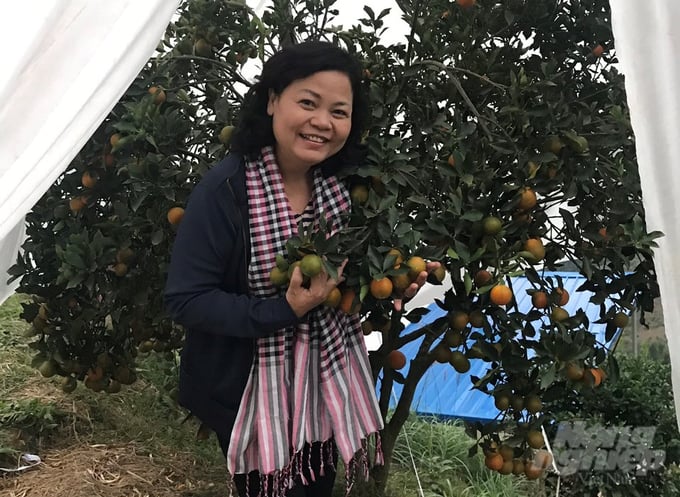
Nguyen Thi Thanh Thu, Member of the Executive Committee of the Vietnam Digital Agriculture Association, Director of Bagico Investment JSC. Photo: NVCC.
Thuc recently had a long business trip in Xin Man district (Ha Giang province). She met and shared with district leaders some plans to help people escape poverty by utilizing local resources. According to the Director of Bagico, the key to solving this issue is to develop agriculture associated with agricultural tourism.
“I told the local leaders that we need to concentrate the strengths of the crops in place, raise the product level to establish a brand name. This would improve people’s income. Along with agricultural development, we should combine the development of rural tourism, resort tourism and discovery tourism. But most importantly, indigenous agriculture is what grabs the hearts of tourists”.
Ha Giang’s tourism at the moment can be described as “scattered” and “spontaneous”. One small group of people get the benefits by opening restaurants, homestays or check-in spots. As for the vast majority of indigenous people, who live in heritage areas, they get nothing from having their land conferred as heritage or scenic spots. They are still poor.
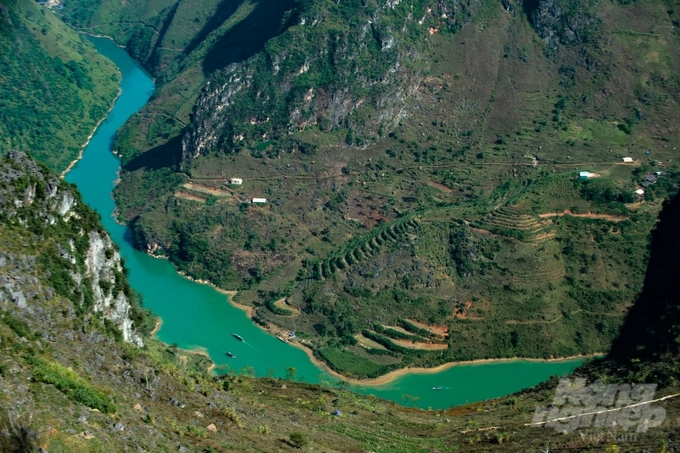
The mighty Nho Que river on Dong Van rock plateau. Photo: Huy Ha.
About the overall problem, from Director Thuc’s point of view, Ha Giang needs a visionary strategic plan: Planning for zoning crops and livestock, then developing village tourism associated with agriculture to form link chains and circular systems.
At the end of April, Director Thuc proposed a plan for Xin Man district to develop tourism. Previously, she was known for effective projects on tourism associated with agriculture in provinces such as Ninh Thuan; Tam Duong (Lai Chau); Trung Khanh, Quang Uyen (Cao Bang); Da Bac, Mai Chau (Hoa Binh); Van Ho (Son La).
Xin Man (Ha Giang) has a beautiful and wild landscape with many scenic spots, plus a border gate (Coc Pai) to trade with China. There is great potential for agricultural tourism since Xin Man is rich in terms of agricultural specialties, suitable for health care and therapeutic tourism. If tourism development is associated with agriculture, it will supplement the missing part of the East - Northwest tourist route; Cao Bang - Ha Giang - Lao Cai - Lai Chau - Yen Bai.
Translated by Samuel Pham
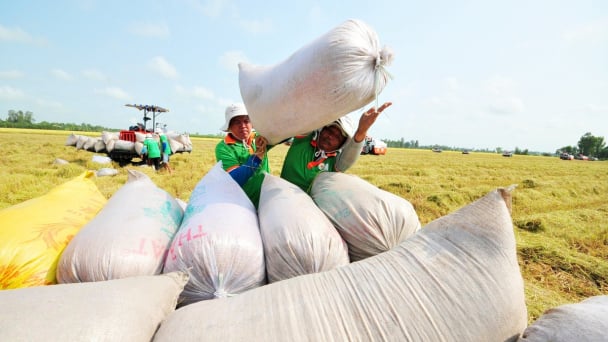
(VAN) The rice industry in the Mekong Delta is undergoing a major transformation, shifting toward sustainable, high-quality, and low-emission exports to meet the green and clean standards increasingly demanded by international markets.
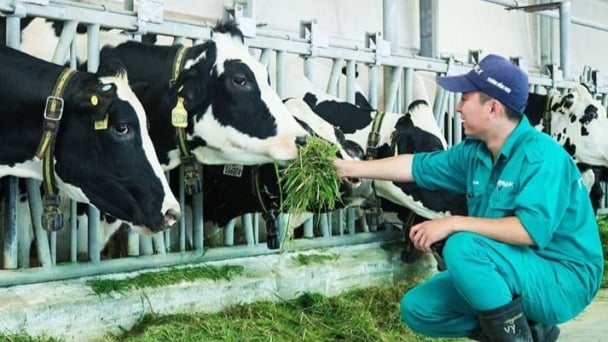
(VAN) According to Tong Xuan Chinh, Deputy Director of the Department of Livestock Production and Animal Health, Vietnam’s dairy cattle industry must overcome seven major challenges to achieve sustainable development.
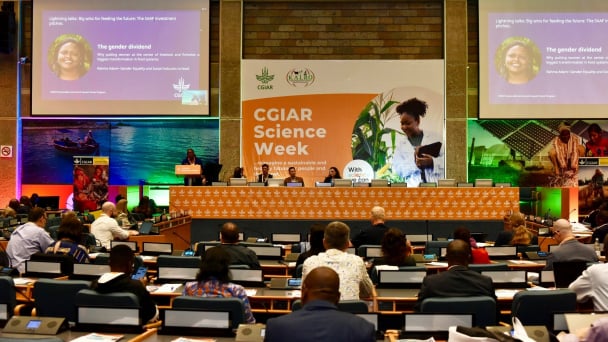
(VAN) The CGIAR’s Sustainable Animal and Aquatic Foods (SAAF) program represents a new approach that emphasizes the transformation of food systems toward sustainability.
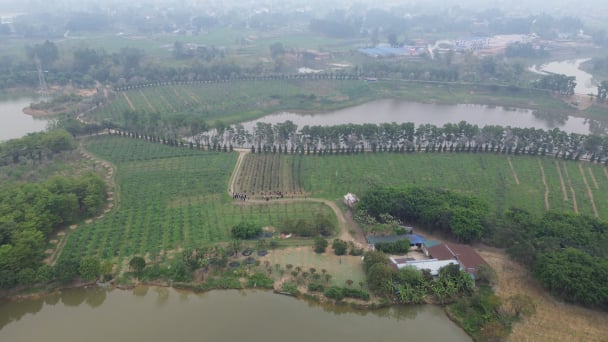
(VAN) Scientists assume that industrial agriculture has been 'outdated.' As a result, a comprehensive overhaul or a revolution in the direction of embracing ecological agriculture is needed.
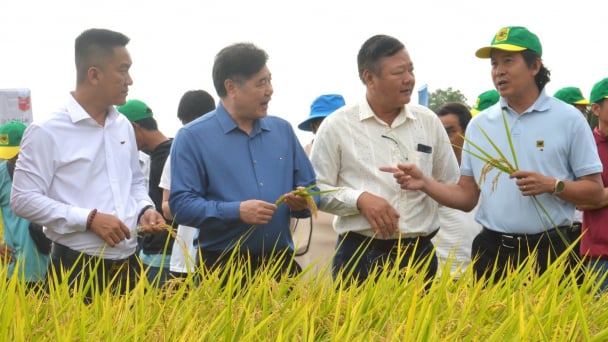
(VAN) The results from pilot fields are catalyzing the expansion of the One million hectares of high-quality, low-emission rice project in Kien Giang.
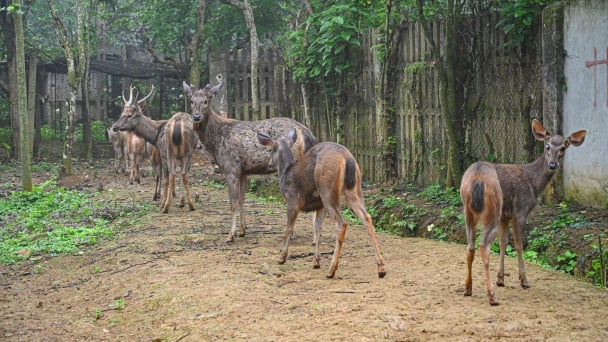
(VAN) On the morning of April 11, Cuc Phuong National Park received 18 individuals of endangered and rare wild animals from Da Nang city.
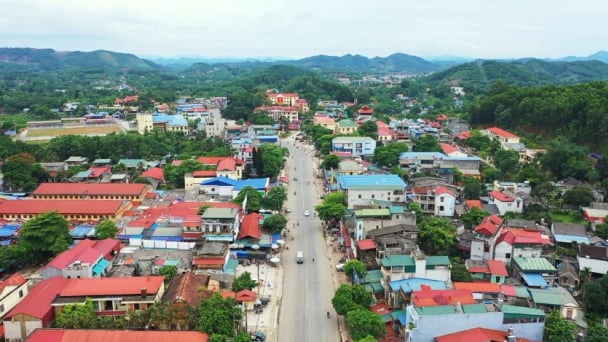
(VAN) FAO supports Vietnam in enhancing survey sampling techniques for the 2025 nationwide agricultural and rural census.